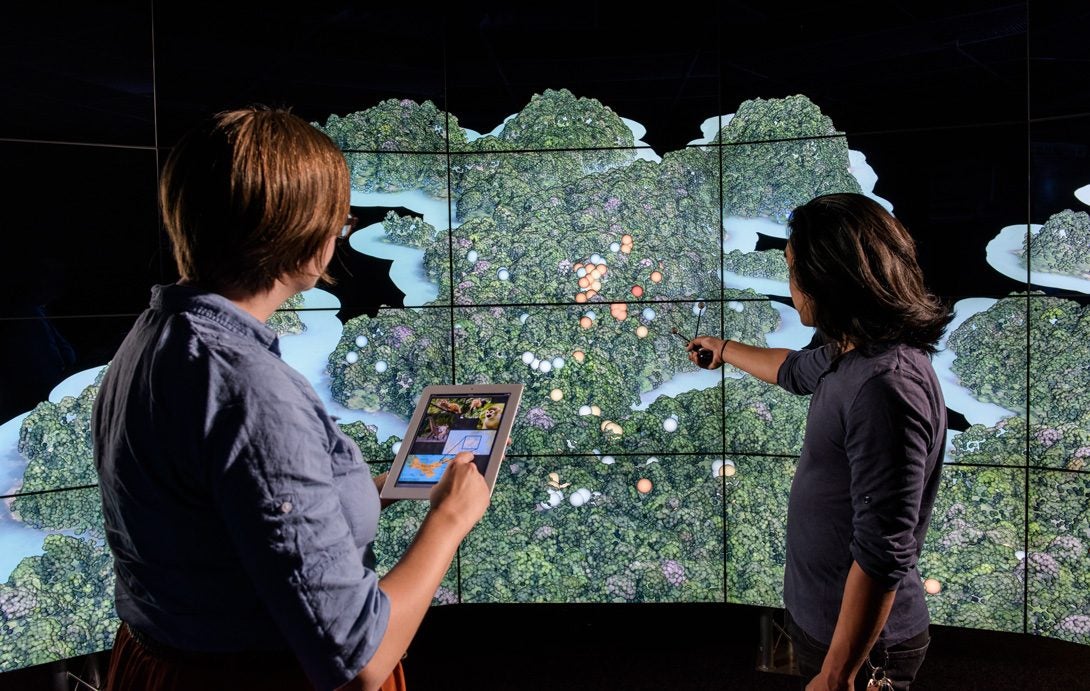Getting climate change to hit home
Read our short Q-and-A with Andy Johnson, professor of computer science and director of research at UIC's Electronic Visualization Laboratory.

RISE: Why is visualization essential to helping people understand scientific concepts or findings?
Johnson: Many processes that scientists study occur on scales that are impossible for people to sense naturally because they are too big, too small, too slow, too fast, too far away, or have patterns that are too complex for us to grasp. A good visualization remaps these processes into a form that we can sense easily, through vision, sound, and even touch. The visualization relates the unfamiliar to the familiar to put it into context and aid understanding.
RISE: What about climate change makes it so hard for people to grasp or visualize?
Johnson: Climate change is a complex subject, but it’s also one where there is an ongoing disinformation campaign. Visualizations not only need to increase understanding, they also must combat misinformation, so that people can see what the effects will be of continuing on our current path or enacting different policies. Sea-level rise is one area where visualization can make those effects very concrete. A decade ago, we installed an interactive touch-table installation in the Maryland Science Center in Baltimore that let groups of people see how much local river levels would rise based on climate change. When you see familiar parks, roads, restaurants, and even the museum itself disappearing under the water, sea-level rise has a much more personal impact.
RISE: Even if great scientific visualizations are created, are there barriers that tend to prevent the general public from experiencing them?
Johnson: People are bombarded with requests for their attention, so visualizations need to compete as entertainment as well as information. Visualizations also need to speak to people with a wide range of scientific literacy and numeracy knowledge, aside from being accessible in multiple languages. Even if the visualization is effective, it is important to give people the resources to get involved. All of this can be handled in museums, where visualizations are put into context and experts are available to answer questions, but many more people may encounter a visualization in other venues, such as online. So you really need a variety of opportunities—to have places like museums or meetups to learn what you can do as an individual to help solve this problem.